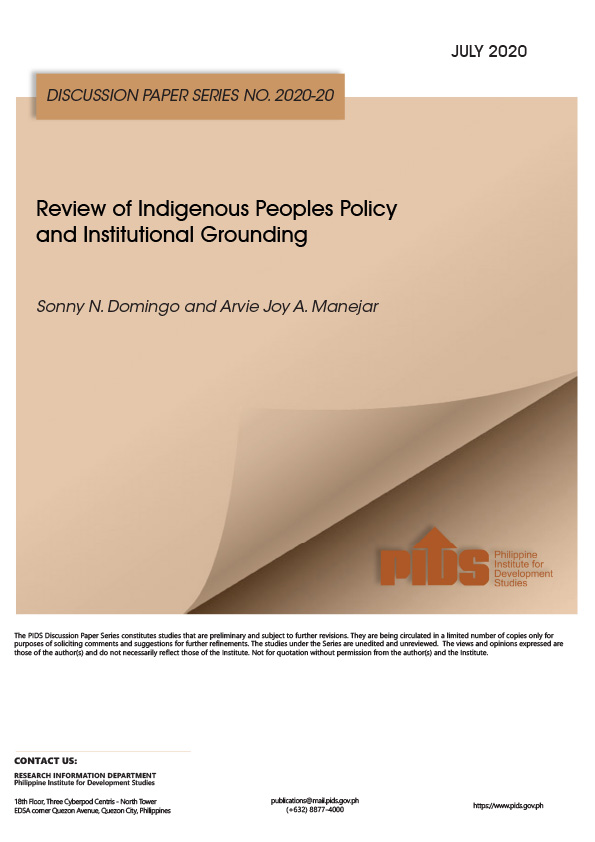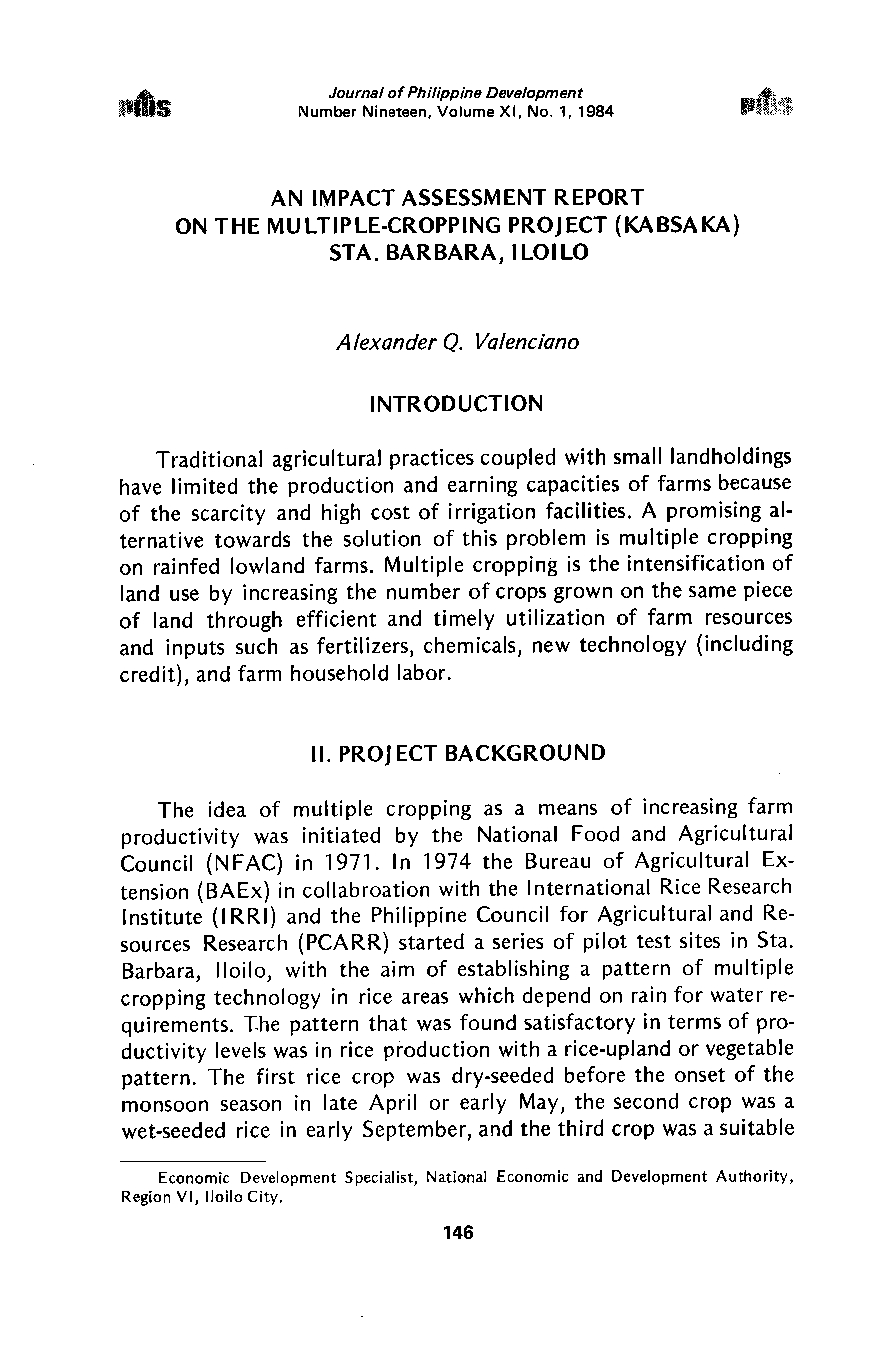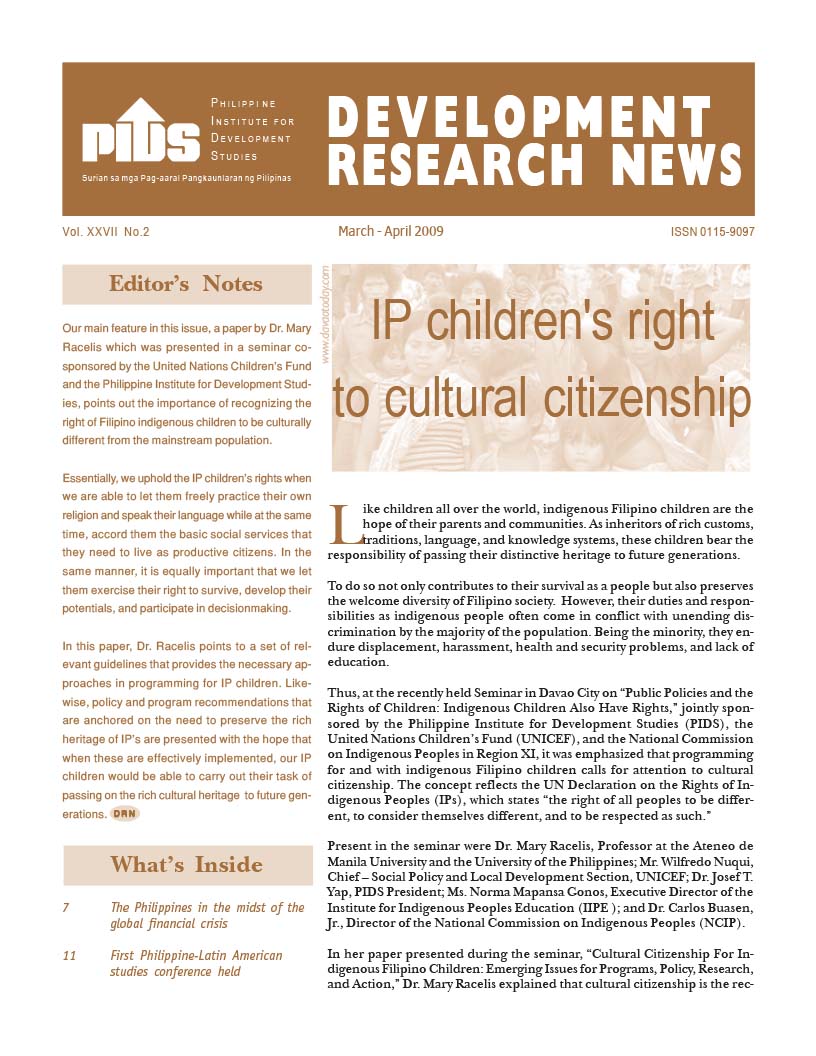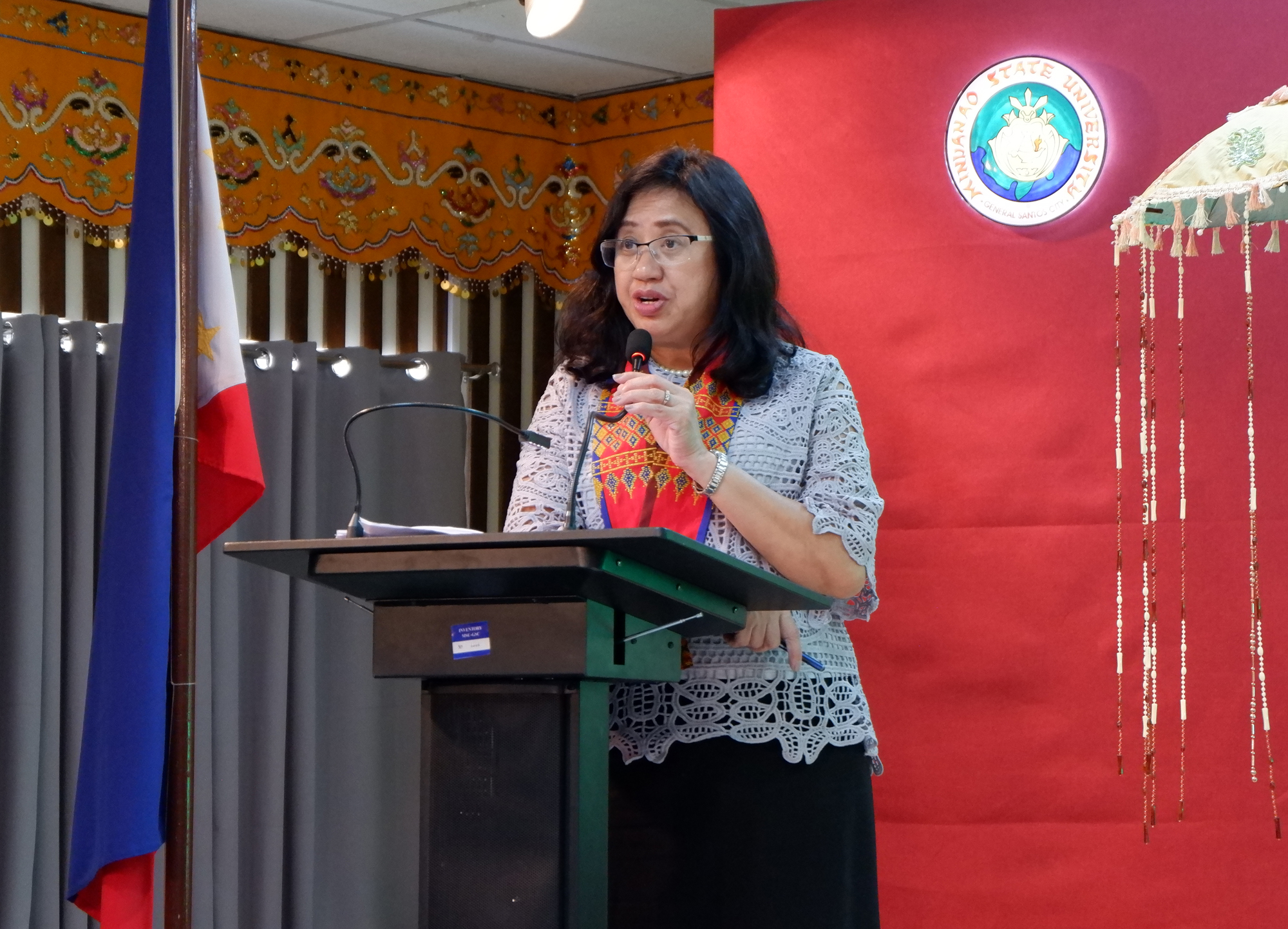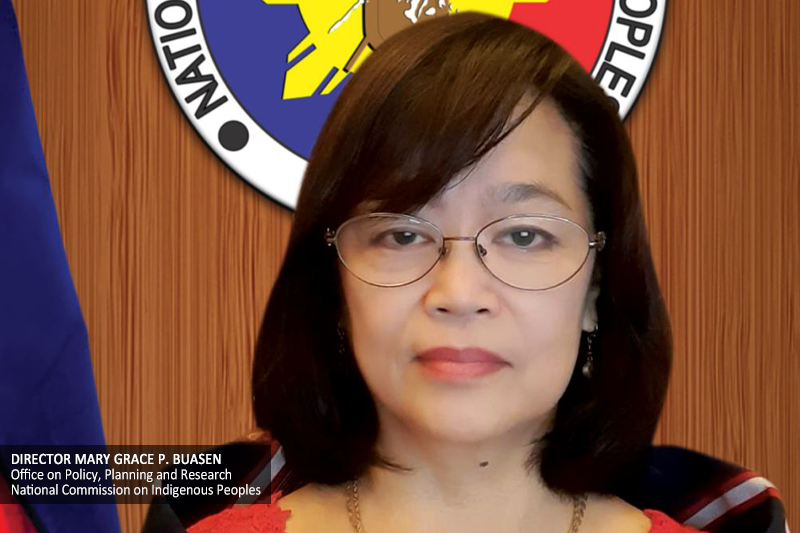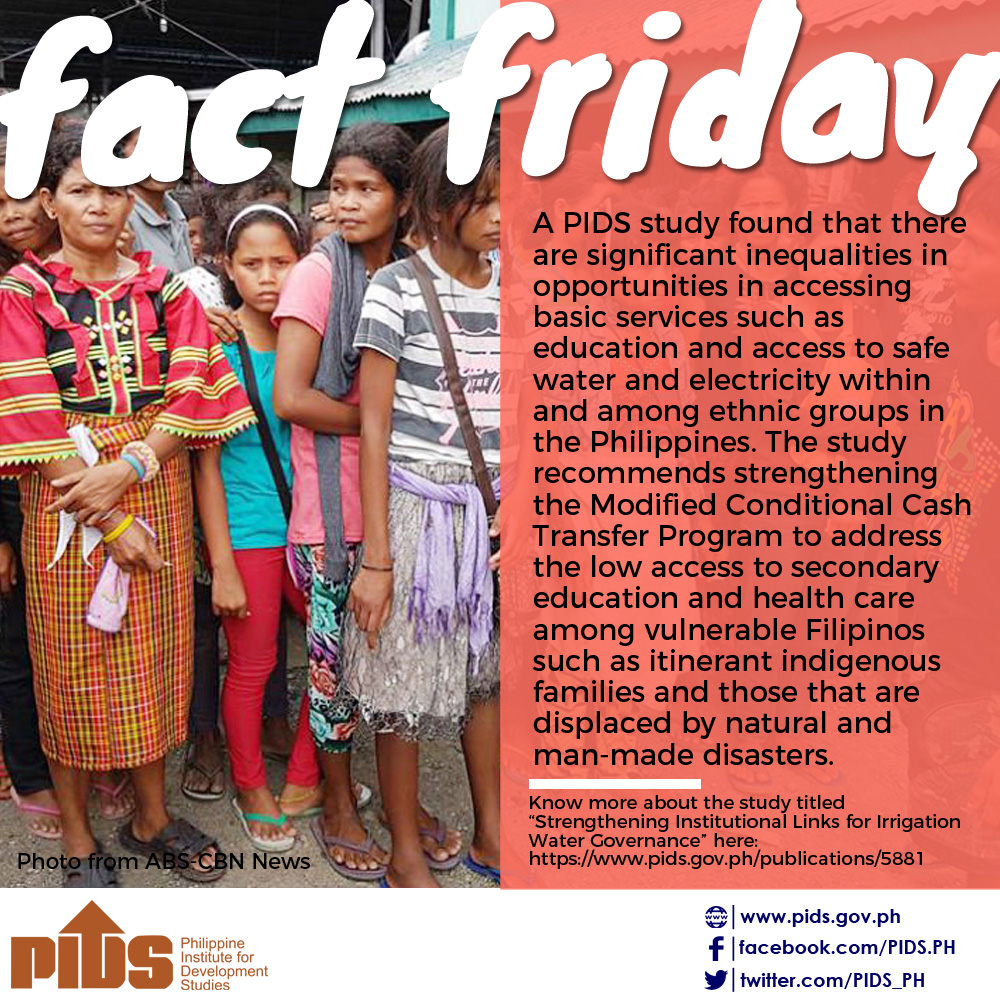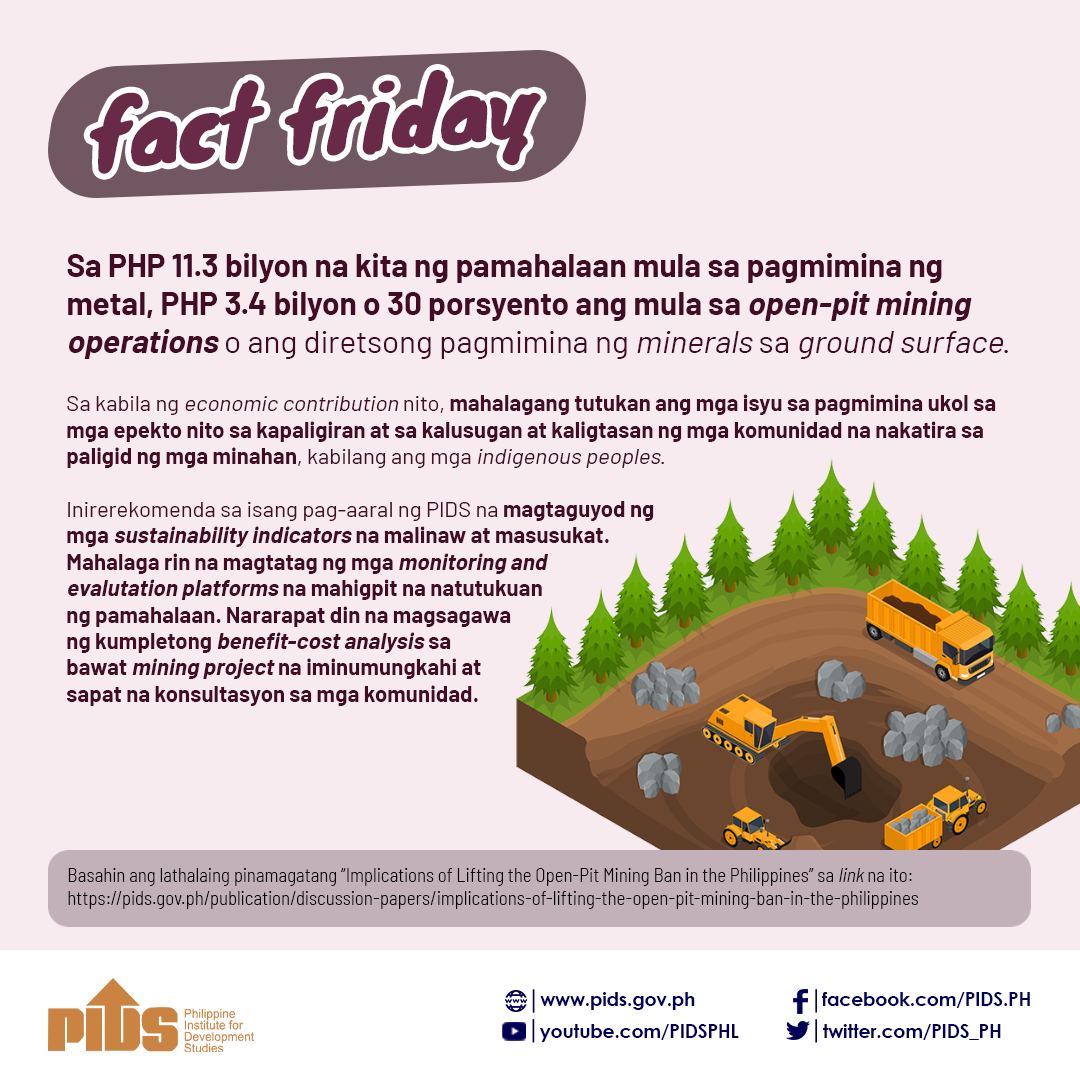Around 300 million indigenous peoples (IPs) have been identified across 70 countries. Fourteen million of them are located in the Philippines, with their cultural zones taking up as much as 44 percent of the country’s land area. There has been much confusion regarding their identity and rights, resulting in a lengthy policy and institutional evolution in the sector. This, eventually, resulted in the passage of the Indigenous Peoples Rights Act (IPRA) in 1997 and the establishment of the National Commission of Indigenous Peoples (NCIP). It took almost a decade for the institution to issue salient guidelines and regulations under the IPRA. The delay also affected numerous opportunities in the sector, such as in leveraging indigenous cultural communities (ICCs) and their ancestral domains against encroachment. The landmark legislation safeguarded essential core rights of the IPs/ICCs. While the IPRA seemingly provide enough protection to IP/ICC rights, the protection of these rights remained contentious on the ground. The IPs/ICCs true empowerment is visible only through their claim and stewardship of ancestral domains, preservation of the integrity of their cultural heritage, and the protection of their basic human rights and social entitlements. Going forward, the IPs/ICCs must assume their rightful place as empowered stewards of their historical domains, and mainstream their interests and advocacies. The Commission, as the enabling institution, would have to review its bureaucratic functions and address the roots of certain weaknesses to better deliver mandated services, and own its critical role in safeguarding the welfare of IPs/ICCs.

